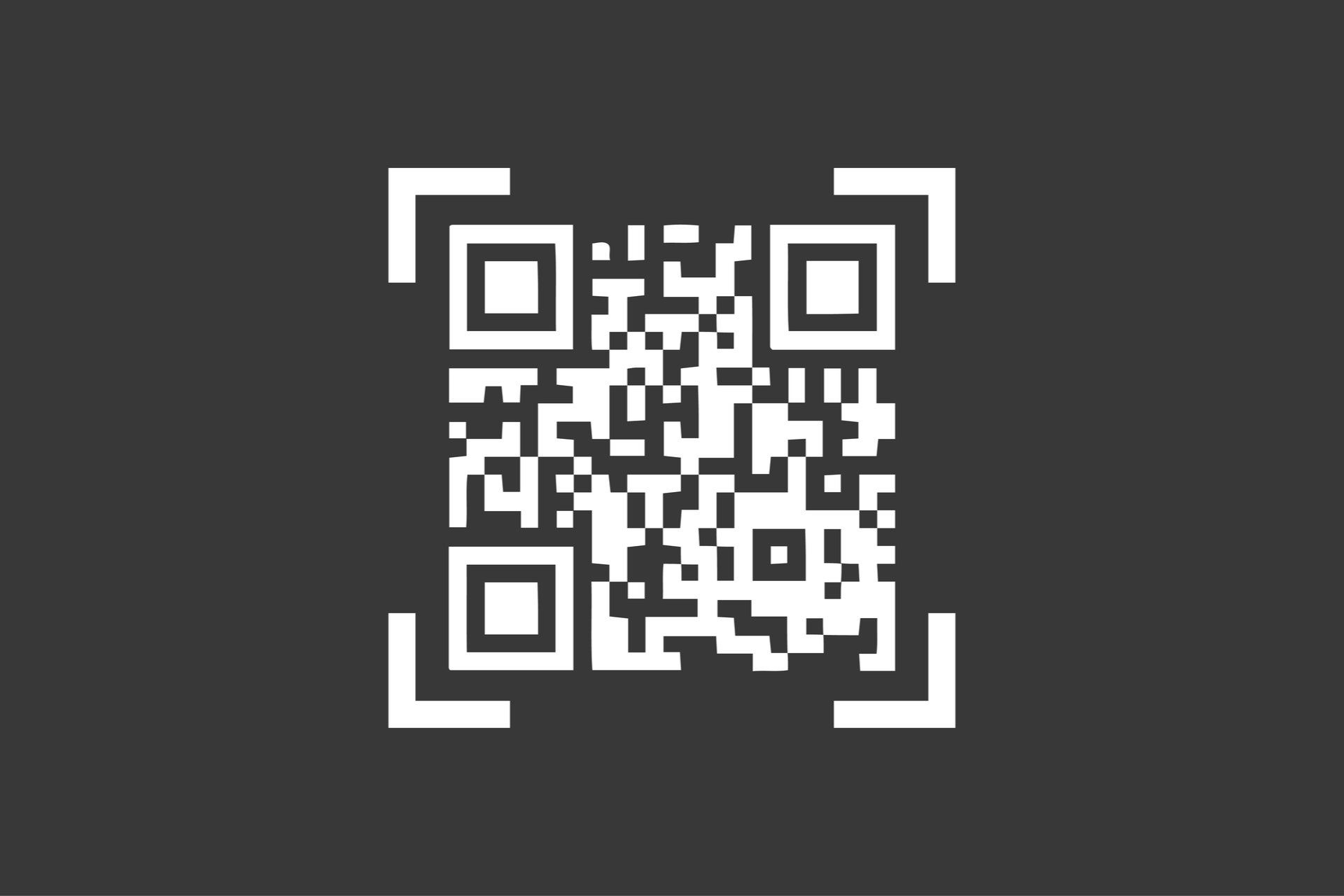
Scanning a QR code may one day be the way in which voters in the UK confirm their identity, following a pilot in Watford, UK.
The pilot forms part of the UK government’s Voter ID Scheme, in which it wants to introduce extra verification to prevent ‘voter personation’.
Voters have historically been able to vote simply by stating their name and address. However, the government wants to introduce new voting laws in 2022 that make it more difficult for someone to commit voter fraud.
With the QR code voter ID approach, a unique barcode is printed on the poll card that every voter is already sent in the post ahead of an election.
Voters then take their polling card with them to the polling station. Polling staff scan the QR code with an iPad, bringing up the registered address of the voter for confirmation.
This replaces the process of polling staff manually looking up the voter’s name on paper records to check it matches the given address.
How well do you really know your competitors?
Access the most comprehensive Company Profiles on the market, powered by GlobalData. Save hours of research. Gain competitive edge.

Thank you!
Your download email will arrive shortly
Not ready to buy yet? Download a free sample
We are confident about the unique quality of our Company Profiles. However, we want you to make the most beneficial decision for your business, so we offer a free sample that you can download by submitting the below form
By GlobalDataThe QR code voter ID system also shows whether or not the person has already voted. Those without their polling card could show ID such as a driving licence or passport instead.
“It’s the first step towards having technology in the polling station,” said Gordon Amos, Watford Borough Council’s electoral services manager and the man who oversaw the QR code voter ID pilot. “It makes the job simpler, it makes it easier for both the staff and the electorate.”
The challenge, Amos told Verdict, has been finding a solution that does not require government-issued ID to vote. Campaigners have pointed out that doing so would exclude some of the electorate who are without ID.
“Not everyone has a passport or driving license, but everyone who appears on the electoral register and is therefore entitled to vote is also entitled to receive a poll card,” said Amos.
From a security standpoint, the Modern Polling solution complies with ISO 27001, the international standard for information security.
Meanwhile, surveys of polling staff showed that the QR code voter ID method went down well with polling staff, with 93% judging it to be ‘excellent’ or ‘good’.
Real-time voting data
Underpinning the polling card QR code system is election software company Modern Democracy’s Modern Polling solution. The cloud-based platform was used in all 58 of Watford Borough Council’s polling stations.
Amos said that the QR code approach could also streamline the voting process by providing real-time data about the number of people turning up to vote.
“This insight into voter turnout is particularly valuable in terms of anticipating when polling stations may come under pressure, or how many staff may be needed for the count,” said Amos. “I believe there’s real potential here to use this data to run future elections more smoothly and cost-efficiently.”
Staff usually process around 120 voters per hour, but Amos said this was matched and at times exceeded when using the QR code voter ID method.
Nine out of ten voters in the Watford trial turned up to vote with their poll card. Voter turnout was also up from 37% in 2016 to 39% in 2018.
Voter ID pilots: Not all plain sailing
Watford Borough Council was one of five local authorities conducting pilot trials in May 2018 for the local elections. This number then doubled to ten local authorities for the May 2019 local elections. Authorities tried different approaches, such as ID only.
In the 2018 election, Swindon also tried the QR code voter ID approach. The Electoral Commission found that “the majority of voters were able to meet the identification requirements upon arriving at the polling station”.
However, the 2018 pilot hasn’t been without controversy.
Willie Sullivan, from the Electoral Reform Society campaign group, previously described the government’s Voter ID pilot as “a sledgehammer to crack a nut”.
Fact-checking charity Full Fact found that the 2018 pilot stopped as many as 350 people voting in the 2018 local elections, which was twice as many people as had been accused of impersonating another voter in the past eight years of the entire UK.
However, Amos says that the real number of people who could be committing voter fraud could be higher than the official figures. People or groups that choose not to vote, such as Jehovah’s Witnesses, would not know if someone had impersonated them and used their vote, he said.
In the 2018 pilots, the highest number of people turned away from voting for lack of ID were in Bromley. Here, voters were required to use either one form of photographic ID or two forms of non-photographic ID, such as poll card and debit card.
Amos said that in 2018 there had been the “occasional snag” that is “to be expected with a new system”. But the 2019 trial saw greater improvements, both for voters and polling staff.
“It wasn’t putting up a major obstacle for voters to be able to cast their vote and it probably is sufficient at this moment in time,” Amos said.
Future of voting
The government must now decide which approach it will take to verify voter ID, but it isn’t yet clear which option they will choose.
“I’d like to think they will go with the Watford way because it didn’t cause people like myself in the job, you know, actually running the elections and enabling people to be able to cast their votes, it didn’t cause too many problems in that regard at all.”
However, Amos said that he “got the feeling back from one or two of my colleagues around the country” that other pilots weren’t quite so successful.
If the QR code voter ID method is introduced nationwide, Amos believes it could open the door for the use of more voting technology in polling stations, such as electronic polling stations instead of a pencil and paper.
However, he does not believe we will see the country voting online any time soon.
“I don’t believe that at this moment in time we’re ready for anything like the X-Factor,” he said.
Read more: Could blockchain voting eliminate election fraud?




